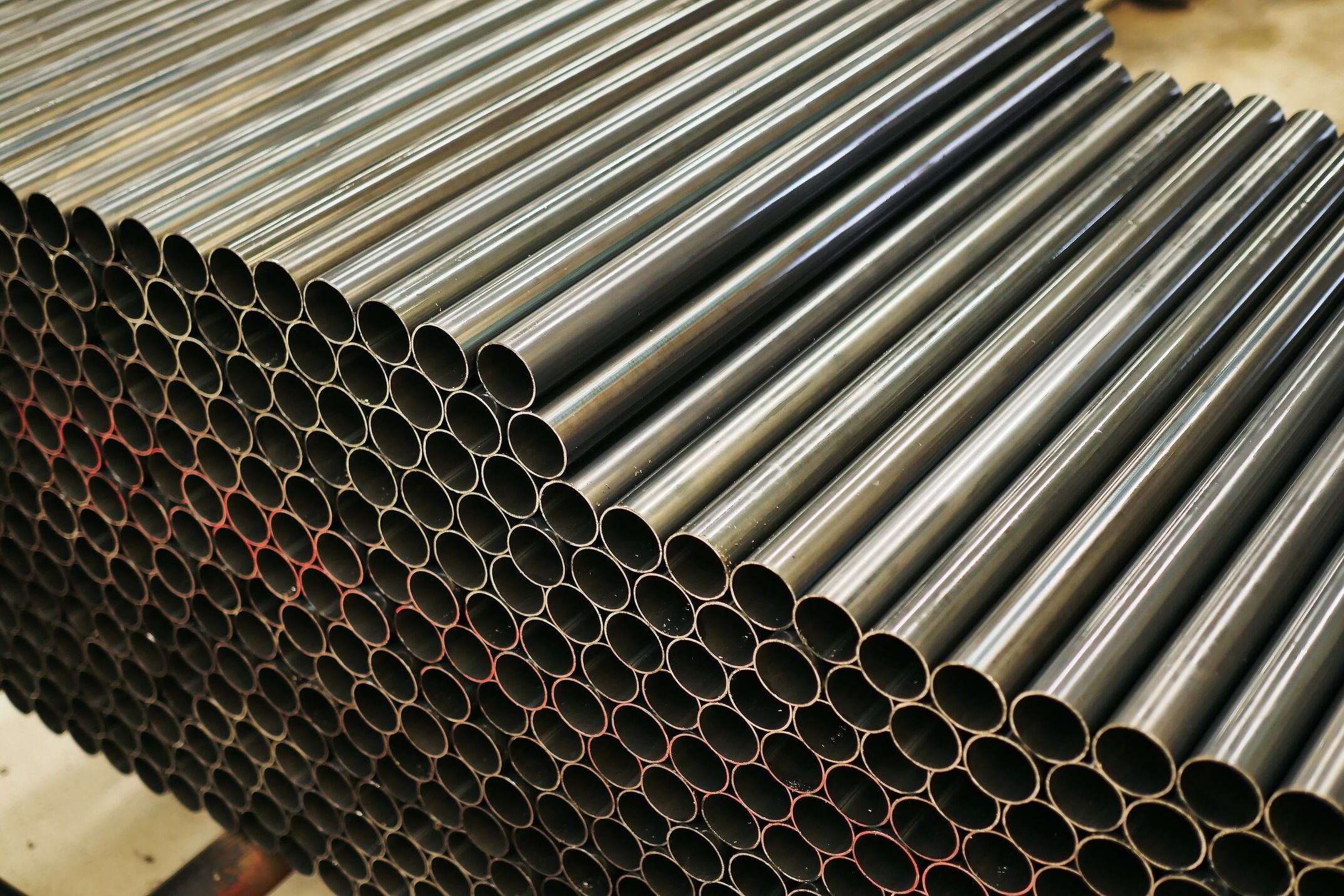Emergency vents play critical roles in the industry where there is the handling of dangerous materials, easily stored in a vessel or a tank where they have to be provided to ensure that the equipment is active and safe. In the cases of flammable liquids, volatile chemicals, or pharmaceuticals, emergency vents will defend harmful explosions because of overpressure owed to a fire or thermal pressure or vaporization that is out of control.
Ahead we are going to examine emergency vents, how they work and why they form such an important element of the industrial safety systems.
What Are Emergency Vents?
Emergency vents are pressure-relief devices that are designed to relieve excessive internal pressure in tanks and low-pressure vessels during abnormal conditions. Emergency vents are very different from regular pressure/vacuum vents, which relieve external pressure and manage routine operating pressure changes, and only operate when the internal pressure exceeds the operating pressure limit, such as in the event of a fire or exposure to excessive external heat.
Emergency vents operate quickly, relieving vapours and gases when it is necessary to relieve pressure to prevent structural damage or removal of any part of the tank. The design allows the vent to operate quickly in the critical condition while maintaining the integrity of the vessel.
Why Emergency Vents are Important
Emergency vents not only protect tanks, but they protect lives and property. They offer many advantages including:
✅ Prevent tank failure from overpressure on the inside side of the tank.
✅ Reduce the risk of explosions in flammable or volatile environments.
✅ Be compliant with regulatory standards, such as API 2000 and OSHA.
✅ Protect workers and the environment from hazardous leaks.
Emergency vents are a last line of defense when everything else has failed, as they open far faster than any other device to protect what matters most to you.
Examples of Emergency Vent Applications
Emergency venting is required in many markets specifically where atmospheric or low-pressure storage tanks are used. Here are some examples:
Chemical and Petrochemical storage tanks
Flammable liquid and fuel storage tanks
Food-grade vessels and pharmaceutical storage
Water treatment and Industrial processing tanks
The waste handling and recovery systems
Types of Emergency Vents
The type of emergency vent you choose will depend primarily on the design of your system and the risks associated with the operational processes. There are many types, here are a few:
Spring-Loaded Emergency Vent
The spring will open at some predetermined pressure to allow controlled, high capacity venting of vapors.
Weighted Pallet Vents
This type has a simple gravity powered operation which relies on the weight of an object being removed from the pallet. Very simple to operate and very effective for non-pressurized atmospheric storage tanks.
Hinged Emergency Manway Covers
These covers provide venting and manway access. These covers can float open in fire and explosion scenarios.
Combination Vents
These can be a variety of designs that integrate flame arresters or vacuum
Essential Design Considerations When Selecting Emergency Vents
When selecting emergency vents for your aboveground storage tank, you will need to consider the following significant design factors to ensure you are operating in line with the required safety and engineering principles:
Set Pressure: The set pressure of the emergency vent must correspond with the Maximum Allowable Working Pressure (MAWP) of the tank.
Venting capacity: The expected vapor generation and tank size will determine the necessary venting capacity.
Material Compatibility: The material of construction should be resistant to process chemicals and environmental conditions.
Explosion Potential: Fire exposure or flash vapourisation should be considered to ensure adequate venting capability.
Access: The ability for people to access the vent for service, maintenance and cleaning will also be necessary.
Please consult the API 2000 guidelines to assist in sizing your vent and ensure compliance with engineering practices.
API 2000 Compliance and Peace of Mind
In addition to the considerations above, emergency vents must comply with API Standard 2000, which outlines venting criteria for an aboveground storage tank, which includes:
Sizing of thermal out-breathing
Emergency vent sizing for fire case scenarios
Proper selection and installation of vents
Some may consider compliance with standards to be unnecessary, however compliance reduces your liability and ensures that you are fully operational, even in the toughest environments.
Emergency Vents Maintenance Considerations:
| Feature | Emergency Vents | Pressure Relief Valves |
| Use Case | Low-pressure tanks | Pressurised vessels |
| Activation | Fire or sudden overpressure | Gradual overpressure events |
| Reclosing Mechanism | Often non-reclosing | Typically reclosing |
| Maintenance Needs | Low | Moderate |
Conclusion
Emergency vents represent a critical instrument to any pressure safety system. They can protect the tanks, maintain the safety of the people utilizing it and enable the facility to be within the rules governing the International Standards. During the learning process of how the system is to work, which type of vent should be selected, and how they should be maintained, various operations that involve catastrophes, will at least, reduce the possibility of disaster and increase the resilience of the operations.

